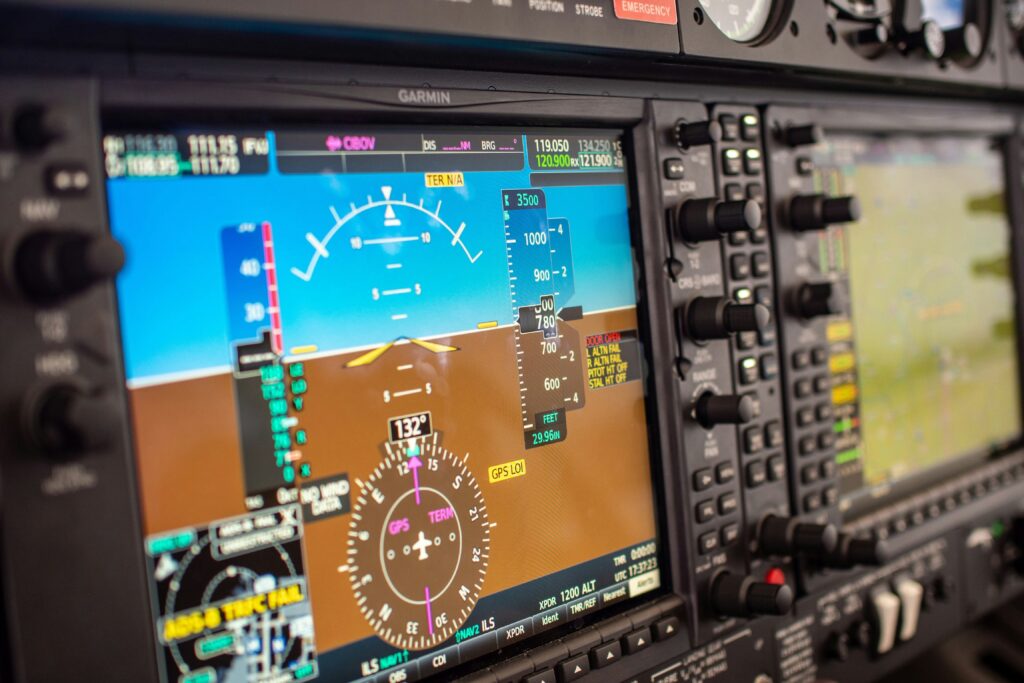Australia’s aviation industry is a crucial pillar of the nation’s economy, connecting its vast and remote regions while facilitating international trade and tourism. With a strong network of domestic and international airlines, airports, and support industries, Australian aviation plays a vital role in both economic growth and societal connectivity.
The Australian aviation sector consists of multiple components, including commercial airlines, freight services, and general aviation. Key players in the domestic market include Qantas, Virgin Australia and Jetstar. International airlines also play a significant role, with major global carriers operating routes to and from Australia’s major cities.
Having suffered significant setbacks during the COVID-19 pandemic with strict border closures and travel restrictions leading to financial struggles, the industry has demonstrated resilience, with domestic travel rebounding strongly and international flights steadily increasing.
That being said, like everywhere else in the world, Australian aviation faces many challenges. Rising fuel costs, environmental concerns, and competition from international markets require airlines to constantly innovate and adapt. Additionally, regional air connectivity remains a pressing issue, with high operating costs making it difficult for some remote areas to receive adequate service.
Australia is well-positioned, however, to benefit from emerging trends in aviation. For example, the development of sustainable aviation fuel (SAF) and advances in electric aircraft technology (EVTOL) have the potential to revolutionise the industry. Additionally, Australia’s strategic location in the Asia-Pacific region provides ample opportunities for expanding air freight and tourism-related air travel.
Again, reflecting other global markets, the country is experiencing a steady demand for Aircraft Maintenance Engineers (AMEs). Data suggests that there are approximately 11,700 AMEs, with a significant concentration in New South Wales (33.8%), Victoria (26.1%), and Queensland (22.1%).
The workforce is predominantly male, with women representing only 5% of AMEs. The median age is 49 years, indicating a mature workforce with substantial experience. Notably, 97% of AMEs work full-time, averaging 42 hours per week, which is slightly below the national average of 44 hours for all occupations.
The median weekly earnings for full-time AMEs are $1,978, translating to an hourly rate of approximately $47. This is higher than the national median of $1,697 per week and $43 per hour, underscoring the specialized skills and responsibilities associated with the role.
With an ageing workforce, increasing global competition, and a shortage of qualified professionals, the industry must navigate several hurdles to ensure the maintenance and safety of aircraft operations.
- Skilled labour shortage
One of the most significant challenges in recruiting aircraft mechanics in Australia is the skilled labour shortage. Many experienced professionals are reaching retirement age, and there aren’t enough new trainees entering the industry to replace them. The Australian Industry Standards (AIS) has reported concerns about the declining number of apprentices and the slow growth in technical training institutions.
- Training and certification
Becoming an aircraft mechanic requires extensive training, certifications, and hands-on experience. The pathway to becoming a Licensed Aircraft Maintenance Engineer (LAME) in Australia is long and rigorous, often requiring years of education and on-the-job training. The time commitment and financial investment can deter potential candidates from pursuing a career in aircraft maintenance.
- Competition
Australia competes with other countries, particularly in the Asia-Pacific region, for skilled aircraft mechanics. Countries such as Singapore and the UAE offer attractive salary packages and career progression opportunities, drawing Australian-trained mechanics abroad.
- Regional challenges
While major cities like Sydney, Melbourne, and Brisbane have a higher concentration of aircraft maintenance facilities, regional areas struggle even more with recruitment. Mechanics are often required to relocate to remote areas to support regional airlines, which can be a deterrent due to lifestyle preferences and limited community infrastructure.
- Awareness and career development
Aircraft maintenance is not as widely promoted as other engineering fields. Many young Australians are unaware of the career opportunities in aviation mechanics, leading to a smaller pool of candidates entering the industry. Schools and training providers need to work closely with aviation companies to highlight the career potential and long-term benefits of becoming an aircraft mechanic.
- Salary and working conditions
While aircraft mechanics are highly skilled professionals, salaries may not always reflect the level of expertise required. Additionally, the job often involves long hours, shift work, and high-pressure, which can impact job satisfaction and retention. Addressing these issues with better compensation packages and improved working conditions could help attract more professionals to the field.
Potential Solutions
To overcome these challenges, industry stakeholders, including government bodies, aviation companies and training institutions, must collaborate to:
Increase training incentives: Providing financial aid, apprenticeships, and scholarships can encourage more people to enter the profession.
Enhance career promotion: Raising awareness about aircraft maintenance careers through schools and media campaigns.
Improve salaries and benefits: Offering competitive wages and career progression opportunities to retain talent.
Streamline licensing requirements: Reducing bureaucratic barriers without compromising safety standards to encourage more candidates.
Airmen Technical Services is a specialist consultancy and brokerage of high calibre expertise in maintenance, repair, and modifications of fixed wing and rotary aircraft, utilising a global network of professional organisations and highly skilled freelance engineers.
If you are a qualified aircraft maintenance engineer who is interested in joining the Airmen network, click HERE
Sources:



